Discover the intriguing world of German Shepherd facts, where each detail unveils the unique blend of intelligence, loyalty, and versatility that defines this majestic breed.
Whether you’re a long-time admirer or considering bringing one into your family, understanding these magnificent dogs is key to appreciating their unique qualities.
In this blog, we’ll delve into many fascinating German Shepherd facts and uncover their history, roles, and attributes that make them one of the most popular and respected breeds around the globe.
So, sit back, and let’s embark on a journey to discover the extraordinary world of German Shepherds!
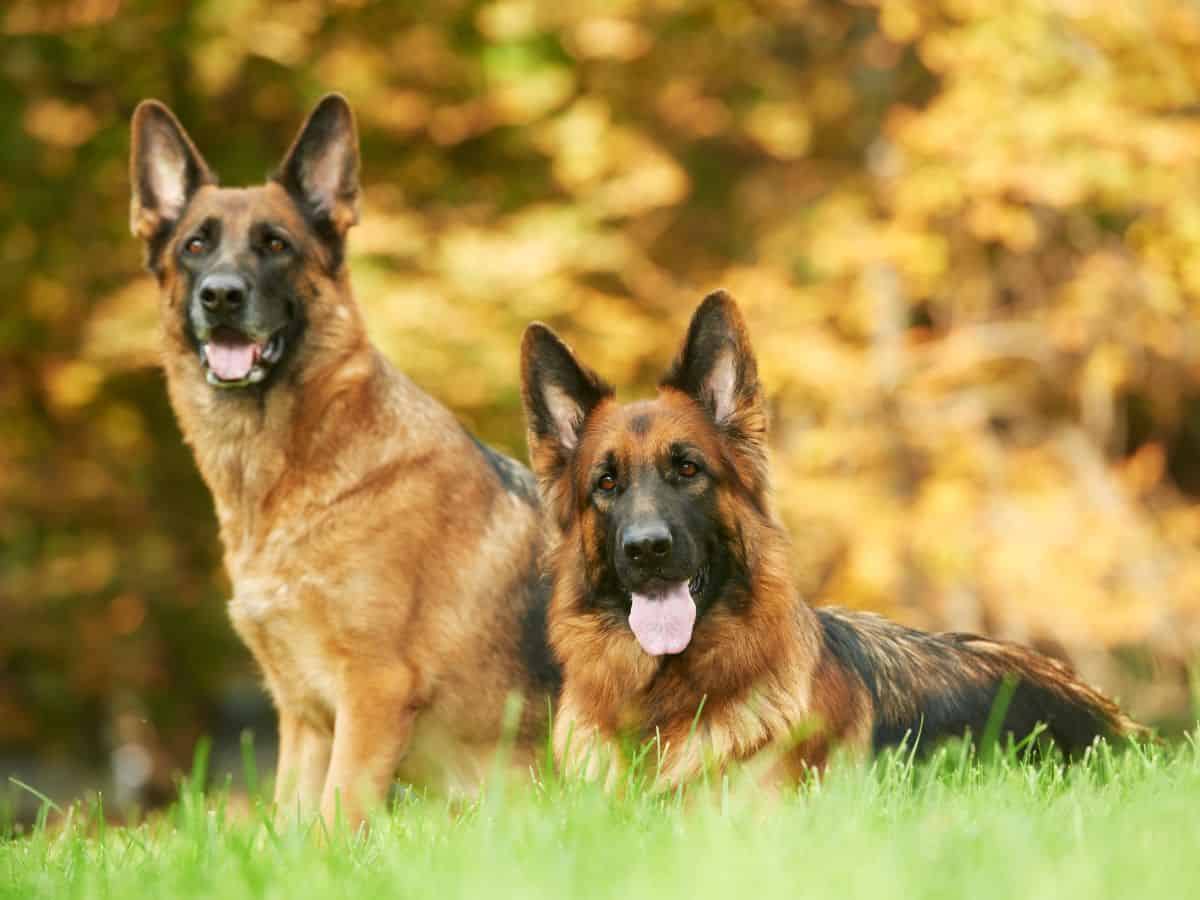
German Shepherd Facts
1. First Introduced in 1900s
The German Shepherd breed, renowned for its intelligence and versatility, was first introduced in the early 1900s. This journey began with Captain Max von Stephanitz, who envisioned creating a superior herding dog.
His purchase of a dog named Horand von Grafrath in 1899 marked the beginning of the German Shepherd breed. Stephanitz’s focus was on utility and intelligence, leading to a breed known for its competence in various roles, not just herding.
The development of the German Shepherd was a deliberate effort to combine strength, intelligence, and versatility, qualities that have made the breed a global favorite.
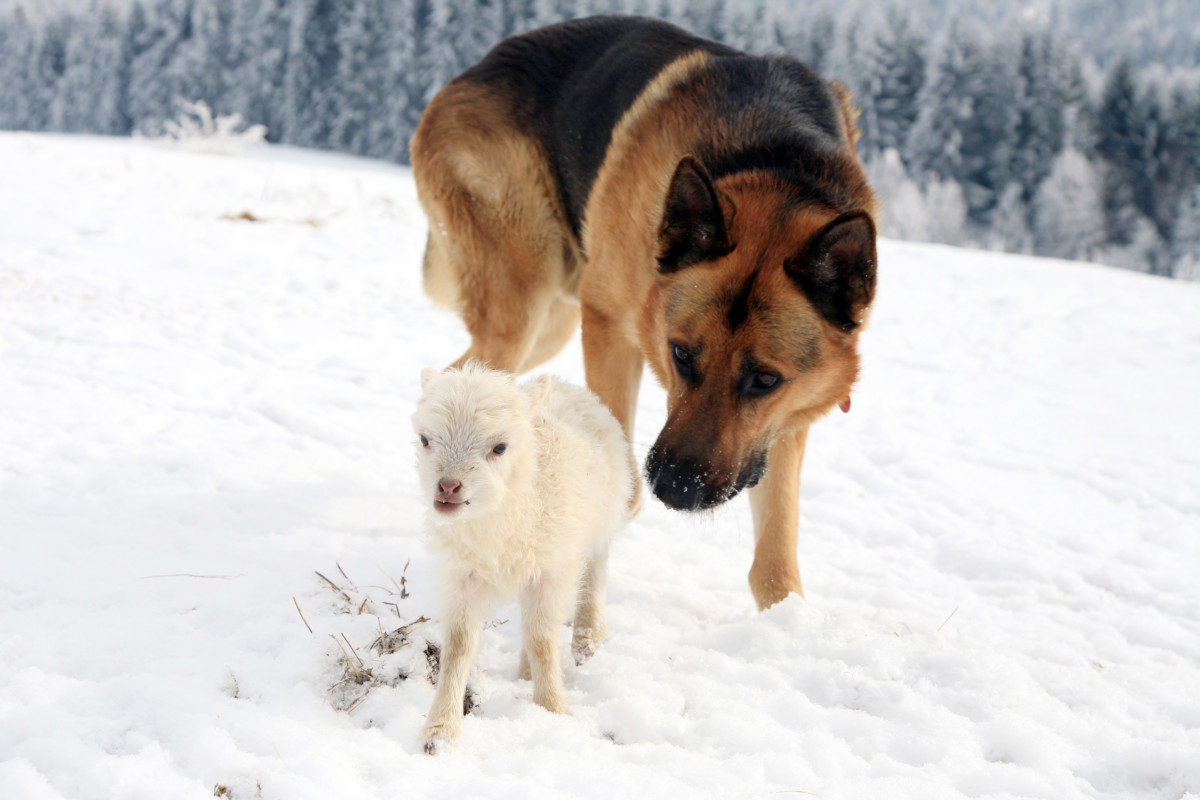
Von Stephanitz’s breeding program was meticulous, focusing on enhancing traits like:
- Loyalty
- Trainability
- Adaptability
This selective breeding, using various herding dogs, especially the Thuringian Shepherd, laid the foundation for the modern German Shepherd.
The breed’s early development was influenced by a need for versatile working dogs capable of performing various tasks in different environments.
Today, German Shepherds are celebrated for their diverse abilities, ranging from police work to companionship, a testament to their early breeding goals.
2. Different Breeding Approaches
The breeding of German Shepherds varies significantly between Europe and America, reflecting different priorities in each region.
American breeders, guided by the standards of the American Kennel Club (AKC), have emphasized physical attributes like body shape and movement, making these dogs particularly suitable for show rings and performance events.
This focus has led to American-bred German Shepherds having a distinct appearance, often prized in dog shows and performance competitions.
In contrast, European breeders have stayed closer to the original standards set by Max von Stephanitz, concentrating on health, temperament, and agility.
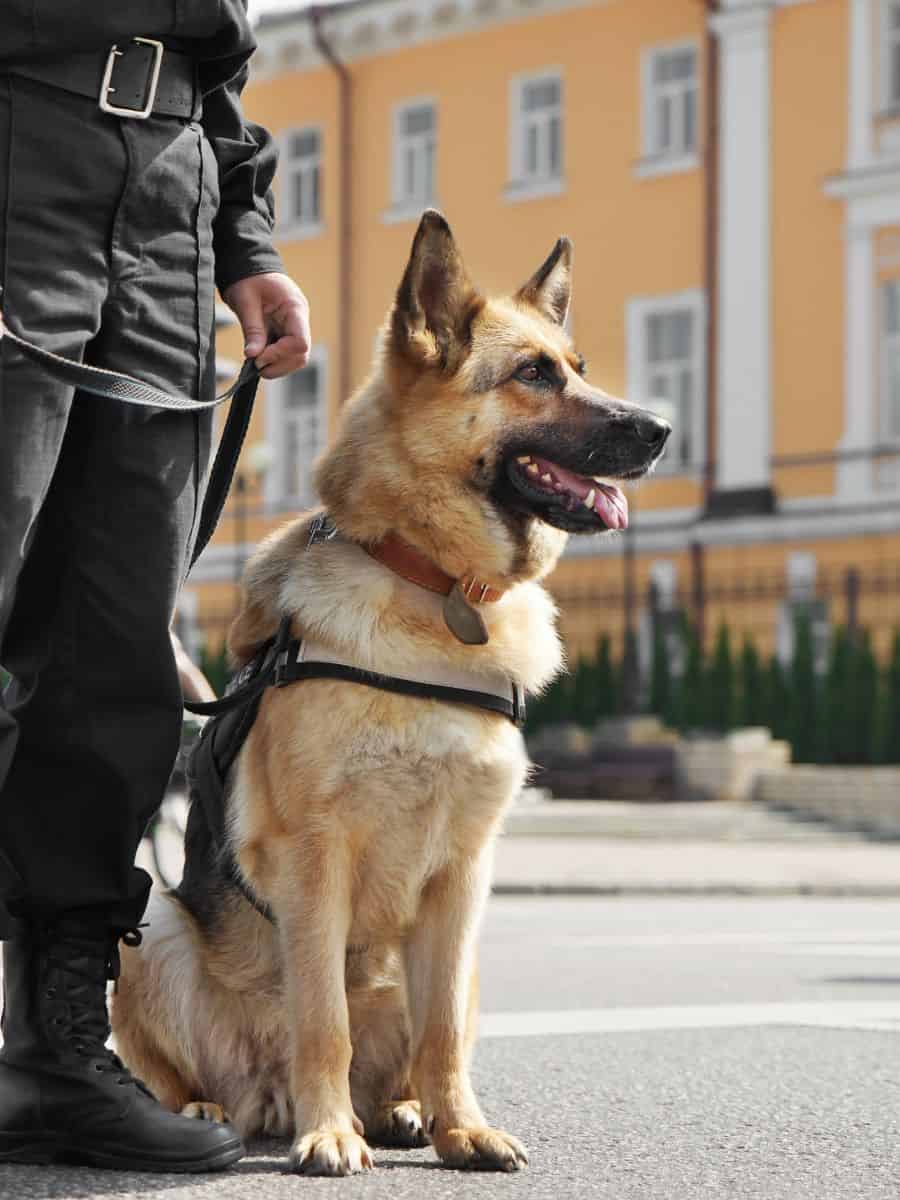
The German Shepherd Club of Germany oversees these standards, ensuring that dogs not only exhibit the desired physical traits but also possess the mental and physical capabilities necessary for working roles.
Dogs bred in Europe are often subjected to rigorous testing, ensuring they meet the high standards required for various functions, including police work, search and rescue, and service roles.
Read more: 5 Types of German Shepherds
3. Served in The World Wars
One of the most fascinating German Shepherd facts is that they have a storied history of serving in both World Wars, demonstrating their bravery and versatility in various military roles.
In World War I, these dogs primarily served in the German military, where they were used as Red Cross dogs, rescuers, guard dogs, messengers, and even ammunition carriers.
Their intelligence and trainability made them ideal for these challenging roles, where they worked alongside soldiers in the harshest of conditions.
In World War II, the use of German Shepherds expanded beyond the German military, with armies, including the U.S. employing them for similar roles.
Their ability to perform a variety of tasks under stressful and often dangerous conditions made them invaluable assets on the battlefield.
This period solidified their reputation as a versatile and dependable breed, capable of more than just herding or companionship.
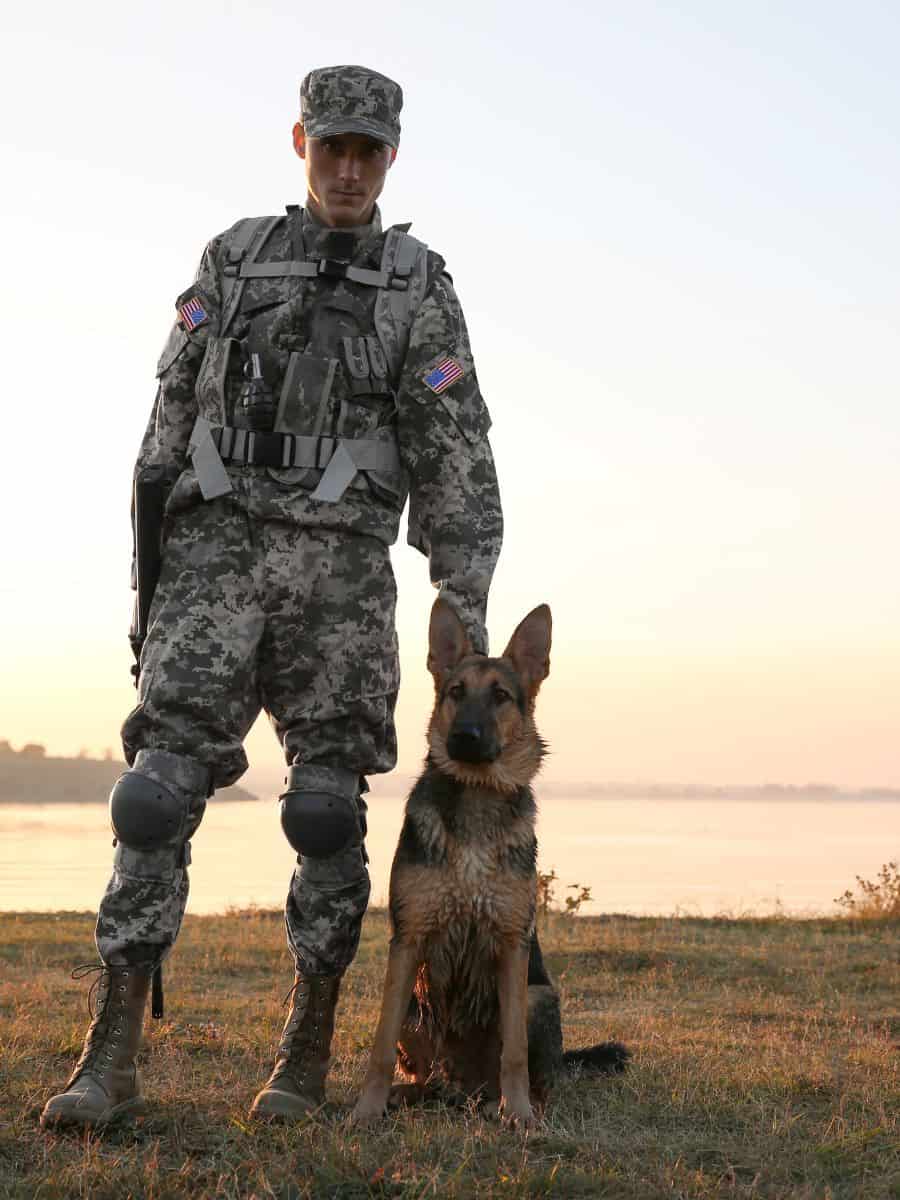
4. Played a Significant Role in 9/11
In the aftermath of the tragic 9/11 attacks, German Shepherds again proved their mettle, playing a significant role in the search and rescue operations. These dogs, alongside other breeds, were part of the search teams, scouring the rubble for survivors.
Their keen sense of smell, agility, and ability to navigate challenging terrains made them particularly effective in these efforts.
The presence of about 100 German Shepherds in New York following the attacks highlights their importance in such critical situations.
One remarkable German Shepherd named Trakr became famous for locating a survivor amidst the devastation.
Incidentally, one of the least known German Shepherd facts is that Trakr’s heroic efforts were so valued that his DNA was later used for cloning, leading to the birth of five clones in 2009!
This act not only underscores the breed’s extraordinary abilities but also represents a hope to preserve and continue such exceptional traits for future generations.
5. Cinema Star

German Shepherds have also shone in the world of cinema, particularly during the silent film era. The breed’s natural charisma and intelligence made them ideal movie stars.
One of the most famous German Shepherds in Hollywood was Rin Tin Tin, who appeared in over 25 films in the 1920s and 1930s.
Did you know that one of the most impressive German Shepherd facts was that he became a significant star, earning more than some human actors of that era?
Another German Shepherd, Strongheart, achieved even greater fame and financial success. These dogs’ popularity in films showcased not only their acting ability but also their broader appeal and versatility.
Their on-screen success contributed significantly to the breed’s popularity in the United States. Rin Tin Tin and Strongheart were more than just actors; they were symbols of courage and loyalty, traits synonymous with the breed.
Their roles often involved heroic actions, further cementing the German Shepherd’s image as a brave and intelligent dog.
This cinematic legacy continues to influence public perception of the breed, highlighting their natural grace, intelligence, and emotional expressiveness.
6. First Guide Dog in America
In 1928, a German Shepherd named Buddy became the first guide dog in America, marking a significant milestone in assistance dog training.
The trainer of Buddy, Dorothy Eustis, was an American living in Switzerland, highlighting the international collaboration in developing assistance dogs.
One little-known fact was that Buddy was brought from Switzerland to the U.S. by her owner, Frank Morris, and her arrival was met with skepticism, but she quickly proved her capabilities.
Buddy’s successful navigation across a busy New York street demonstrated not only her individual skills but also the potential of German Shepherds as guide dogs.
The success of Buddy and other German Shepherds in the guide dog role underscored the breed’s intelligence, devotion, and trainability.
These qualities made them ideal for assisting people with visual impairments, offering independence and mobility. The legacy of Buddy and her successors has had a lasting impact on the role of dogs in assisting people with disabilities.
7. Excellent Service Dog
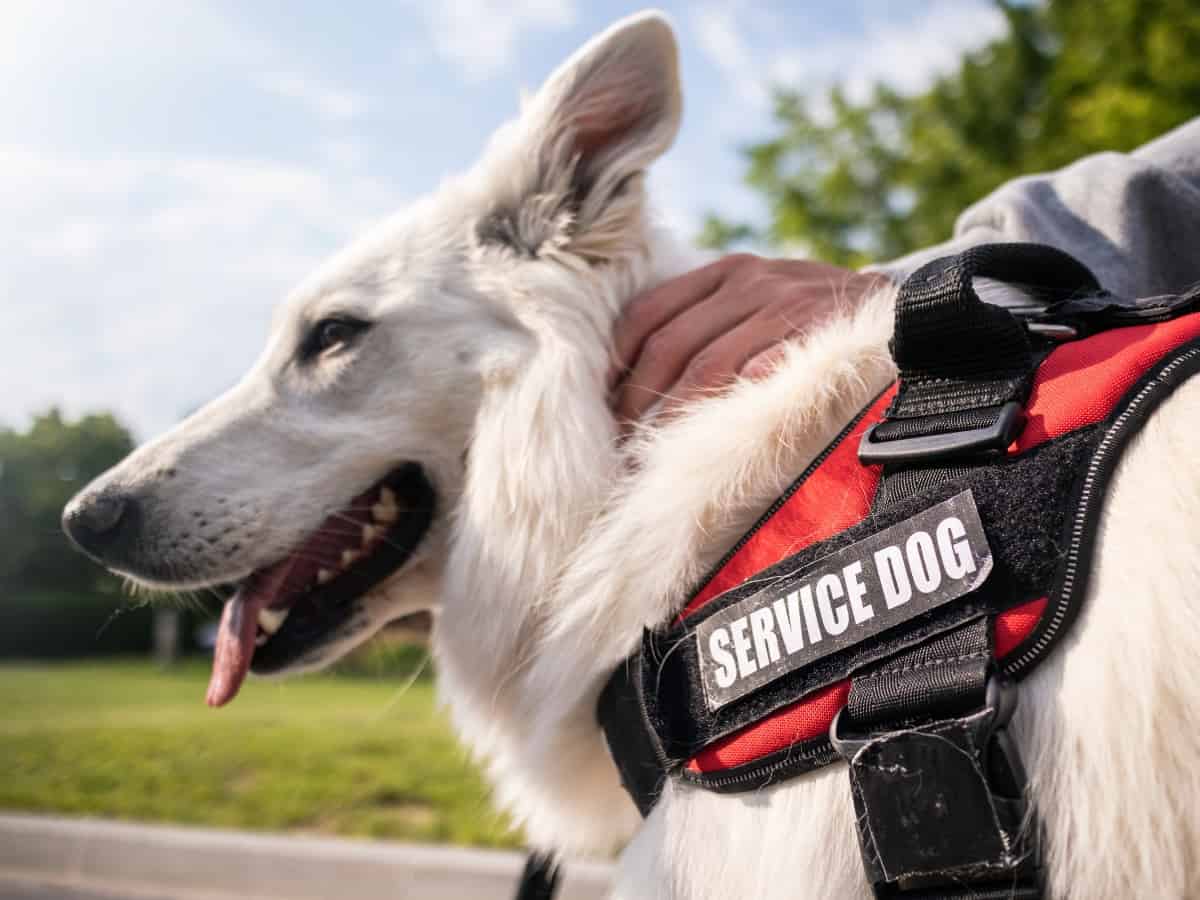
German Shepherds excel as service dogs due to their intelligence, loyalty, and easy trainability.
They perform various roles, including guide dogs for the blind, hearing dogs for the deaf, medical alert dogs for people with epilepsy, mobility assistance for those with disabilities, and psychiatric service dogs.
Their versatility in these roles stems from their high intelligence, keen sense of perception, and strong desire to work closely with their handlers.
This makes them exceptionally suited for tasks that require both physical assistance and emotional support.
Their use as service dogs extends beyond traditional roles.
German Shepherds are also employed in more innovative service dog positions, such as scent detection for medical conditions like diabetes, where they can alert their owners to changes in blood sugar levels.
The breed’s adaptability and eagerness to learn make them excellent candidates for such specialized training.
The impact of German Shepherds as service dogs is profound, significantly enhancing the quality of life for many individuals with disabilities.
8. One of the Most Active Breeds
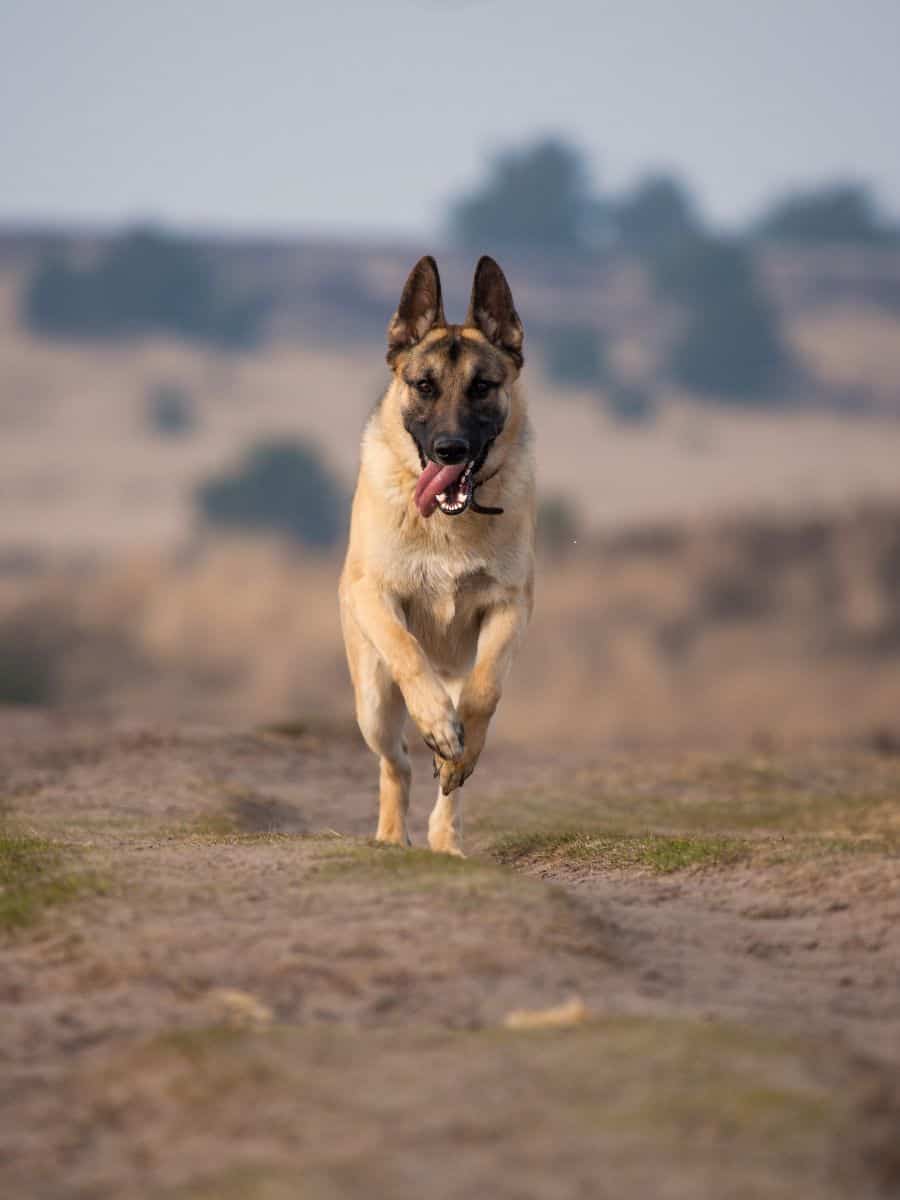
German Shepherds are among the most active dog breeds, requiring a significant amount of exercise and mental stimulation to remain healthy and happy.
An adult German Shepherd typically needs at least 90 minutes of exercise per day. This high level of activity is a reflection of the breed’s working dog heritage, where stamina and endurance are essential.
Regular exercise is crucial for maintaining their physical health and also plays a vital role in managing their mental well-being, preventing boredom and behavioral issues.
Their need for physical activity makes them well-suited for active families or individuals who enjoy outdoor activities.
However, it’s important to note that their exercise needs change throughout their life stages. Puppies, for instance, should have controlled exercise to avoid stress on their developing joints, while senior dogs may require less intense activities.
The German Shepherd’s need for regular, structured exercise provides an excellent opportunity for bonding and ensures that they remain well-balanced and content.
9. Created from Different Herding Breeds
One of the most interesting German Shepherd facts is that the breed was originally developed from various herding breeds, making it a prime example of selective breeding for specific traits.
This development was geared towards creating a dog that excelled in herding and protecting livestock. The breed’s origins lie in rural Germany, where they were used for herding sheep and guarding farmsteads.
This herding instinct is still inherent in the breed, often manifesting as a protective and guiding behavior towards their human families.
Their wisdom and adaptability made them ideal for these tasks, showcasing their ability to work independently and make decisions in complex situations.
Despite their transition from herding to more diverse roles, German Shepherds still retain many of the characteristics that made them excellent herding dogs.
10. They Come in Different Sizes
German Shepherds are typically known as a large breed, but they actually come in a range of sizes, including mini and giant variants.
This size variation allows for the breed to be more accessible and suitable for different living environments and owner needs.
- Mini German Shepherds (albeit a mixed breed), for instance, are bred to be smaller in size while retaining the breed’s characteristics, making them more suitable for living in smaller spaces.
- Giant German Shepherds, on the other hand, are bred for larger size, often used in roles where size and strength are advantageous, such as in certain types of police or military work.
- King Shepherds (again a crossbreed) mixed with other breeds to give the appearance of a large dog but with a gentler disposition.
The size variation in German Shepherds does not diminish their inherent traits such as intelligence, loyalty, and versatility. Regardless of size, they maintain the breed’s characteristic temperament and abilities.
This diversity in size ensures that potential owners can find a German Shepherd (whether purebred or a German Shepherd mix) that fits their lifestyle and environment, whether they live in a spacious country home or a smaller urban apartment.
11. An Intelligent and Versatile Breed
German Shepherds are widely recognized for their intelligence, ranked as the third-smartest dog breed. This high level of intelligence is evident in their ability to learn new tasks quickly and respond to commands with high accuracy.
Their intelligence is coupled with a strong desire to please their handlers, making them highly trainable and responsive.
The versatility of German Shepherds is another defining trait of the breed. They are not just limited to one type of work or environment; they can adapt to various roles and situations.
Their adaptability has enabled them to excel in diverse fields such as search and rescue, agility sports, and therapy dogs, in addition to more traditional roles like herding or guarding.
Their combination of intelligence and adaptability makes them not just a popular choice for working roles but also beloved family pets, able to integrate into different lifestyles and family dynamics.
Final Thoughts:
We hope you’ve gained a deeper appreciation for this exceptional breed as we conclude our journey through these fascinating German Shepherd facts.
Their blend of intelligence, flexibility, and devotion makes them outstanding companions and versatile workers in various roles.
Whether as a cherished family pet or a dedicated service dog, a German Shepherd’s remarkable traits truly set them apart.





